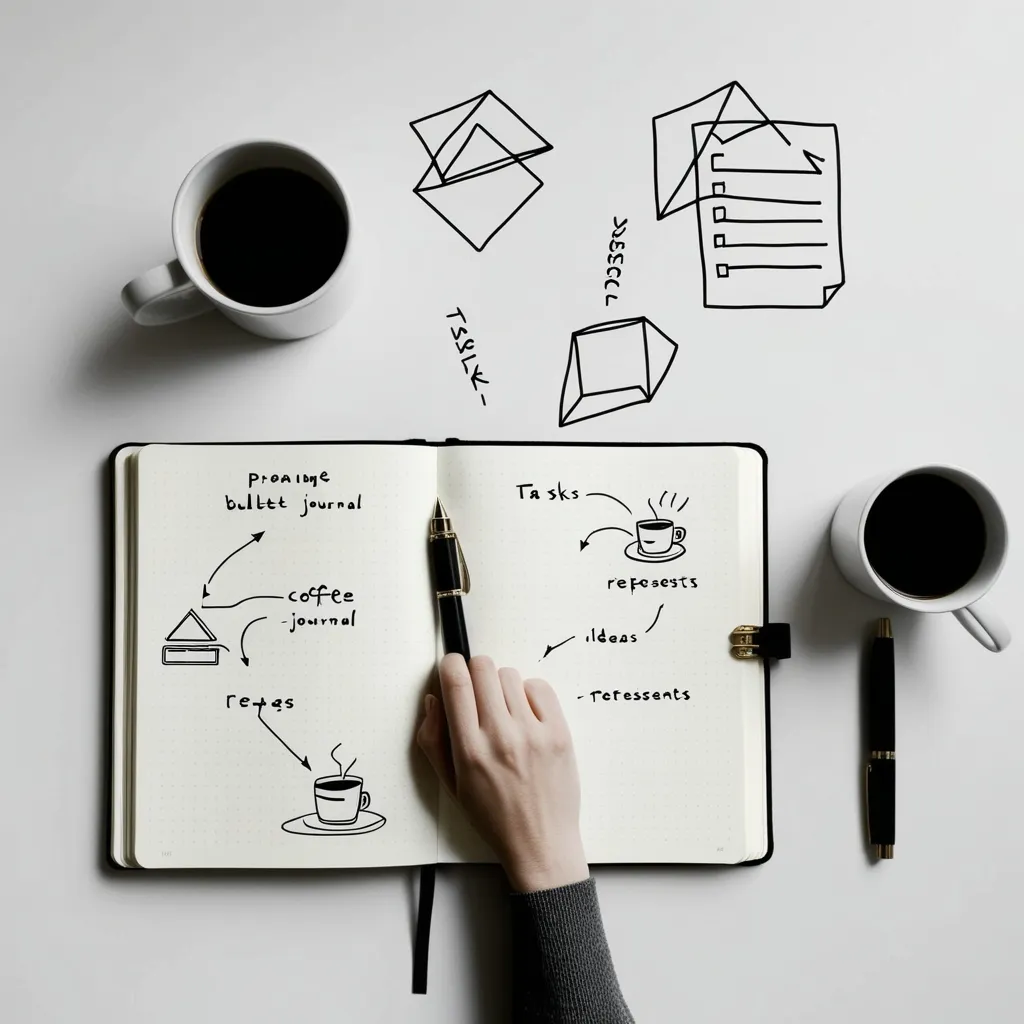In the era of digital dominance, the concept of a paperless home office is no longer a futuristic dream but a practical reality. As we strive to create a more efficient, environmentally friendly workspace, adopting tech-savvy habits is not just a trend, but a necessity. Here’s how you can transform your home office into a paperless haven.
The Digital Document Revolution
Imagine a world where your desk is clear of clutter, and every document you need is just a click away. This is the world of digital document management. By transitioning to a digital system, you can store, organize, and access your documents with unprecedented ease. Tools like Adobe Acrobat and cloud storage services such as Dropbox or Google Drive make it possible to manage your files securely and efficiently.
“As we look to the future, it is clear that digital technologies will play an increasingly important role in shaping our world,” a sentiment that resonates deeply when considering the shift to digital documents.
The Power of E-Signatures
Signing documents used to be a tedious process involving printers, scanners, and endless back-and-forth emails. However, with the advent of e-signature tools like Adobe Acrobat Sign, this process has been streamlined to the point of simplicity. You can sign, send, and track documents all from one platform, eliminating the need for physical signatures.
How often have you found yourself waiting for a document to be signed, only to have it lost in the mail or buried under a pile of paperwork? E-signatures eliminate this frustration, making your workflow smoother and more efficient.
Cloud-Based Note-Taking
Meetings and brainstorming sessions often generate a plethora of notes and ideas. Traditionally, these would be scribbled on notepads or whiteboards, only to be lost or forgotten. Cloud-based note-taking apps like Evernote or Trello change this narrative. These apps allow you to take notes, set deadlines, and collaborate with team members in real-time, all from the comfort of your home office.
“Technology is nothing. What’s important is that you have a faith in people, that they’re basically good and smart, and if you give them tools, they’ll do wonderful things with them,” as Steve Jobs once said. This faith in technology and people is what drives the adoption of cloud-based note-taking.
Leveraging OCR Technology
What about the mountains of existing paper documents that clutter your office? OCR (Optical Character Recognition) technology offers a solution. By scanning your physical documents and converting them into digital files, you can preserve your important papers while freeing up physical space. This technology is a game-changer for those looking to digitize their archives without losing any of the original content.
Have you ever wondered how much time you spend searching for a specific document in a sea of papers? With OCR, that time is significantly reduced, allowing you to focus on more critical tasks.
Digital Business Cards and Contact Management
The traditional business card, once a staple of professional networking, is slowly becoming obsolete. Digital business cards and contact management apps are taking over, offering a more efficient and environmentally friendly way to exchange contact information. These apps allow you to store and manage your contacts seamlessly, ensuring you never lose a valuable connection.
How many times have you misplaced a business card or struggled to read the faded ink on a crumpled card? Digital business cards eliminate these issues, making networking a breeze.
Streamlined Digital Filing Systems
Receipts, invoices, and financial records can quickly turn your home office into a chaotic mess. A streamlined digital filing system can change this. By using apps like Expensify or Shoeboxed, you can scan and categorize your financial documents, ensuring they are always accessible and organized.
Imagine being able to find any receipt or invoice with just a few clicks. This level of organization not only saves time but also reduces stress, allowing you to focus on what really matters – your work.
The Environmental Impact
Going paperless is not just about efficiency; it’s also about sustainability. The reduction in paper consumption has a significant impact on the environment. For instance, the public administration, education, and health sectors have saved an equivalent of 3.5 million pine trees by reducing paper use through remote work.
“The earth has enough resources for our need, but not enough for our greed,” Mahatma Gandhi once said. By adopting paperless habits, we are not only streamlining our work processes but also contributing to a more sustainable future.
The Future of Work
As we move forward, it’s clear that the home office of the future will be largely digital. Hybrid and remote working are becoming the norm, and this shift is driving the need for more efficient and paperless workflows. Designers are now focusing on human-centred design principles to create workspaces that are more about people than paper.
What does your ideal home office look like? Is it cluttered with papers, or is it a sleek, digital haven? The choice is yours, and with the right tech-savvy habits, you can create a workspace that is both efficient and environmentally friendly.
In conclusion, transitioning to a paperless home office is a journey that requires commitment but offers numerous rewards. From digital document management to e-signatures, cloud-based note-taking, OCR technology, digital business cards, and streamlined digital filing systems, the tools are available to make this transition seamless.
So, are you ready to embark on this journey? Are you ready to create a home office that is not just efficient but also sustainable? The future of work is here, and it’s paperless.






